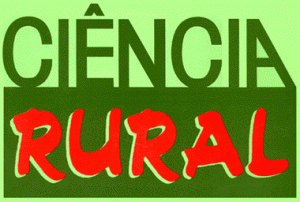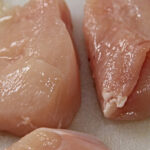By Caroline Pagnossim Boeira, Researcher, Universidade Federal de Santa Maria, Programa de Pós-graduação em Ciência e Tecnologia de Alimentos, Santa Maria, RS, Brazil
In the study “Extraction of bioactive compounds of lemon grass, antioxidant activity and evaluation of antimicrobial activity in fresh chicken sausage” published in Ciência Rural (vol. 48, no. 11), the objective was to determine the best extraction condition of lemongrass compounds, the researchers performed an experiment, testing the conventional method and ultrasonic assisted extraction at temperatures of 20ºC, 40ºC and 60ºC. They measured phenolic compounds, total flavonoids and antioxidant activity by the DPPH, FRAP, ORAC methods. The antimicrobial activity of this compound was evaluated in fresh sausage.
The results showed that the two methods influenced the total phenolic and flavonoid contents at all temperatures tested. The conventional extraction by agitation, at 60ºC, is more adequate to obtain extracts of lemongrass with greater amount of bioactive compounds. The 1% concentration of the extract protected fresh sausage against the growth of mesophilic psychrotrophic and aerobic bacteria during the shelf life of the product.
For the researcher Caroline Pagnossim Boeira, the research innovates to prove the antimicrobial action of the lemongrass extract in the fresh sausage. “A wide range of extracts with bioactive potential are discovered, but proving their action on some food product is still a challenge for researchers.” As a promising natural source, lemongrass can be used industrially to replace synthetic additives in the food industry.
Several studies have investigated the properties of lemongrass essential oil and its antioxidant and antimicrobial action in meat products, such as the study by Jayasena and Jo (2014) by Krishnan, et al. (2014) and Somparn, et al. (2018). Still, few studies have used the pure extract. This research brings new knowledge about the best method of extracting the compounds present in lemongrass and the evaluation of their use as natural antimicrobial in food product.
References
JAYASENA, D. D. and JO, C. Potential application of essential oils as natural antioxidants in meat and meat products: a review. Food Reviews International [online]. 2014, vol. 30, no. 1, pp. 71-90, ISSN: 8755-9129 [viewed 10 December 2018]. DOI: 10.1080/87559129.2013.853776. Available from: https://www.tandfonline.com/doi/abs/10.1080/87559129.2013.853776
KRISHNAN, K. R., et al. Bio protection and preservation of raw beef meat using pungentaromatic plant substances. Journal of the Science of Food and Agriculture [online]. 2014, vol. 94, no. 12, pp. 2456-2463, eISSN: 1097-0010 [viewed 10 December 2018]. DOI: 10.1002/jsfa.6580. Available from: https://onlinelibrary.wiley.com/doi/abs/10.1002/jsfa.6580
SOMPARN, N., et al. Effect of lemongrass water extract supplementation on atherogenic index and antioxidant status in rats. Acta Pharmaceutica [online]. 2018, vol. 68, no. 2, pp. 185-197, eISSN: 1846-9558 [viewed 10 December 2018]. DOI: 10.2478/acph-2018-0015. Available from: https://content.sciendo.com/view/journals/acph/68/2/article-p185.xml
To read the article, access it
BOEIRA, C.P., et al. Extraction of bioactive compounds of lemongrass, antioxidant activity and evaluation of antimicrobial activity in fresh chicken sausage. Cienc. Rural [online]. 2018, vol. 48, no. 11, e20180477, ISSN: 0103-8478 [viewed 10 December 2018]. DOI: 10.1590/0103-8478cr20180477. Available from: http://ref.scielo.org/mbzx4m
External link
Ciência Rural – CR: <http://www.scielo.br/cr>
Como citar este post [ISO 690/2010]:















Recent Comments